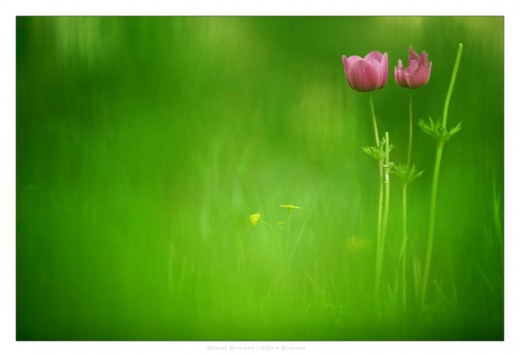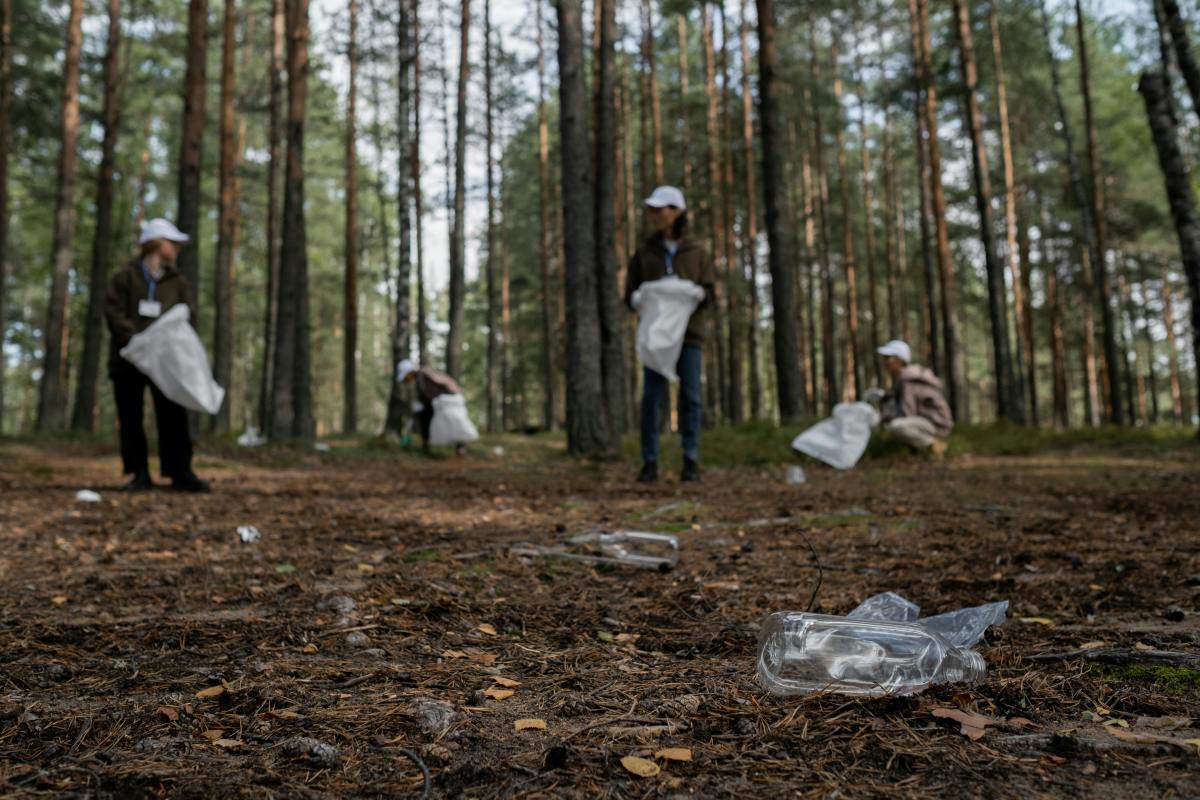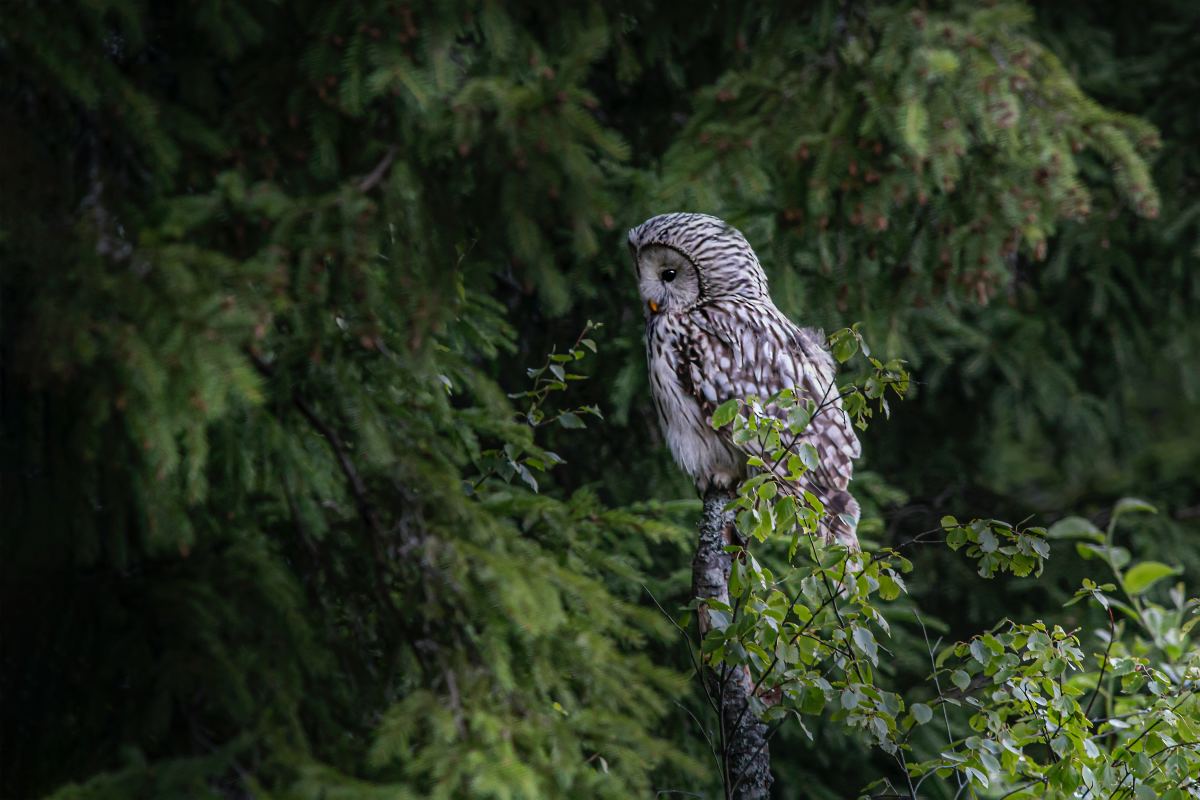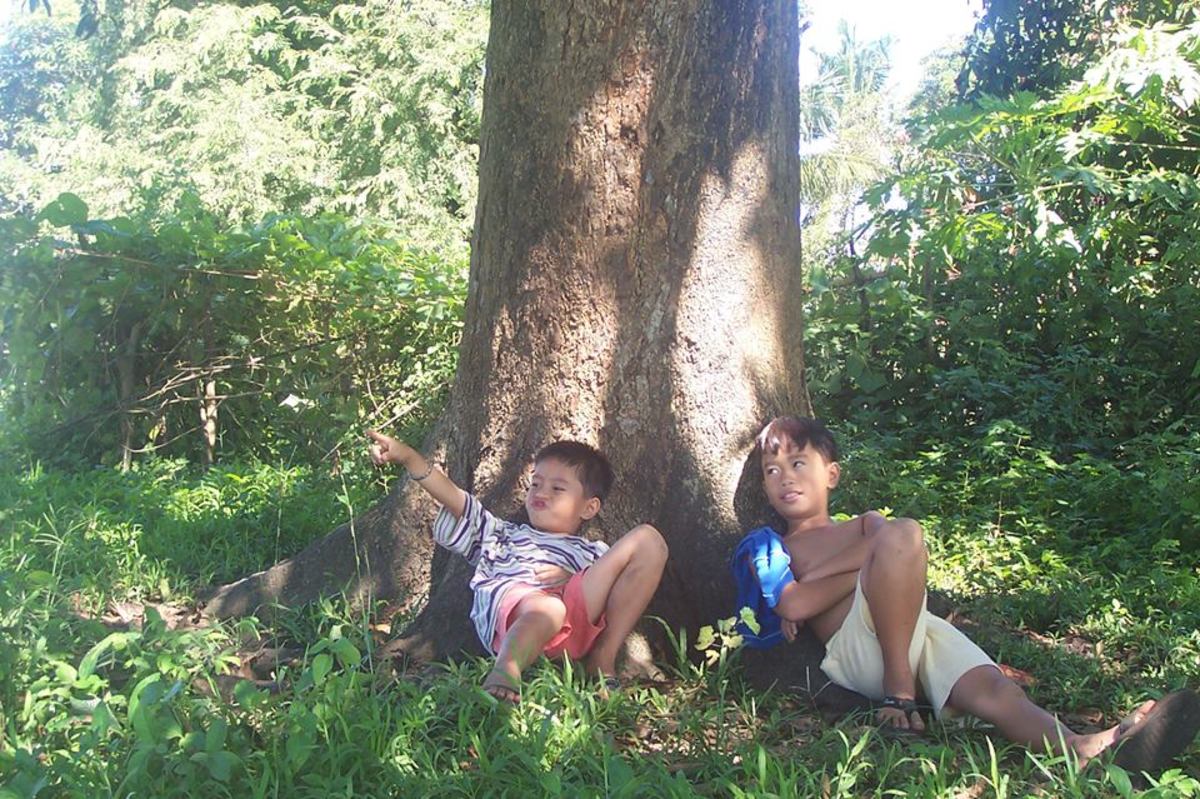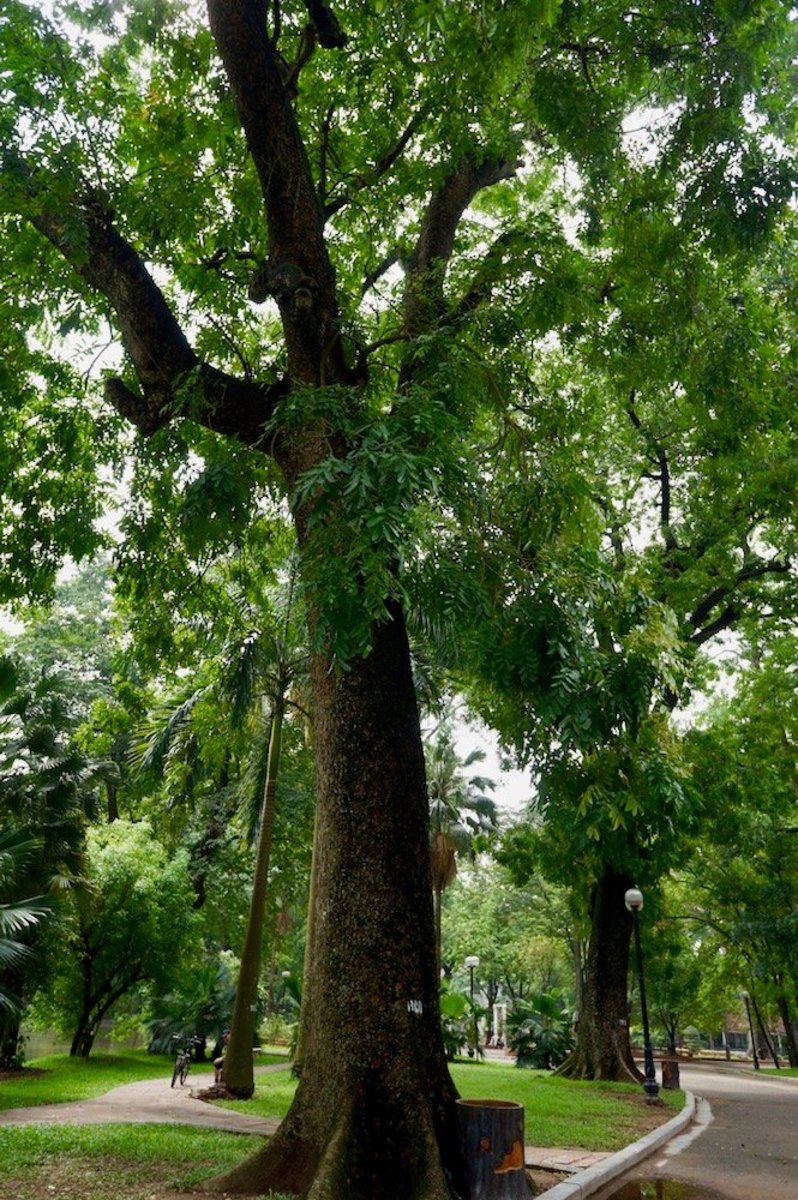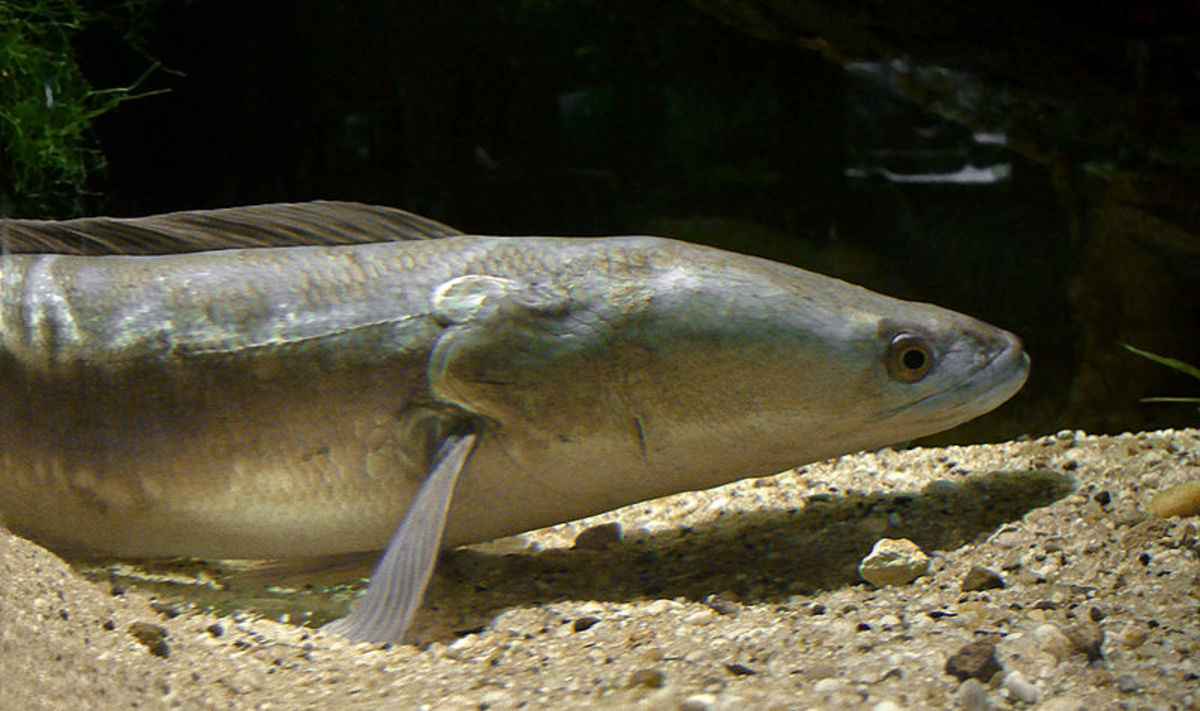In Remembering Rachel Carson
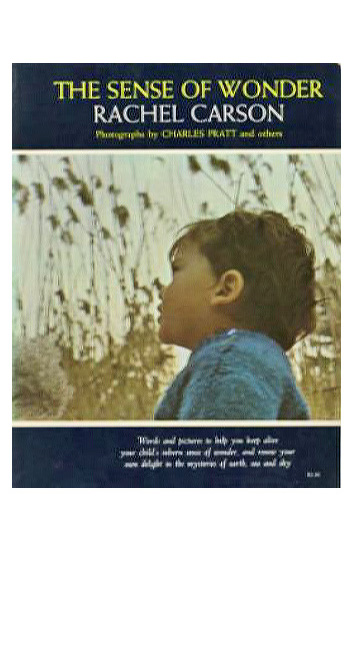
A SENSE OF WONDER
“If a child is to keep alive
his inborn sense of wonder,
he needs the companionship
of at least one adult who can
share it, rediscovering with
him the joy, excitement and
mystery of the world we live in.’
____Rachel Carson
"Those who dwell, as scientists or
laymen, among the beauties and
mysteries of the earth are never
alone or weary of life." ~Rachel Carson
"If I had influence with the good fairy who is supposed to preside over the christening of all children, I should ask that her gift to each child in the world be a sense of wonder so indestructible that it would last throughout life." - Rachel Carson
"One way to open your eyes is to ask yourself, 'What if I had never seen this before? What if I knew I would never see it again?'" - Rachel Carson
“Those who contemplate the beauty of the earth find resources of strength that will endure as long as life lasts.” - Rachel Carson
My children were 8 and 10 when one of the book clubs I subscribed to offered a book whose title intrigued me and the description ‘sold’ me on it. The book was A Sense Of Wonder, by Rachel Carson. I hadn't yet discovered her other works.
What drew me to her work was this beautifully illustrated book introducing youngsters to the wonders and beauties of the world of nature around them – and for those in cities with little chance to observe it, it was especially meaningful. The photos were gorgeous, though mostly black and white in the early editions. There are later editions I haven’t seen, except for pictures of the new book cover. But I see old editions still being offered on Ebay.
It was about 1965 and I admit I hadn’t been among the first to discover Rachel Carson’s amazing work with fish and wildlife and her avid, passionate interest in the environment. That would come later.
Wonderment and Discovery - An Awe and Awareness of Nature
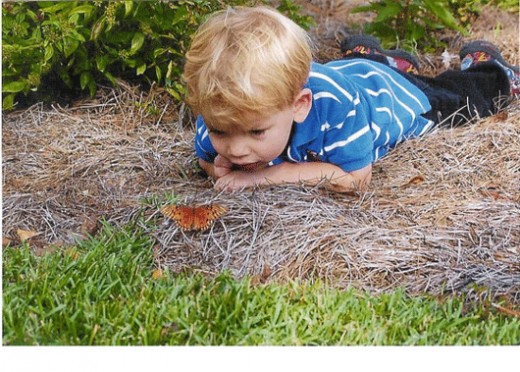
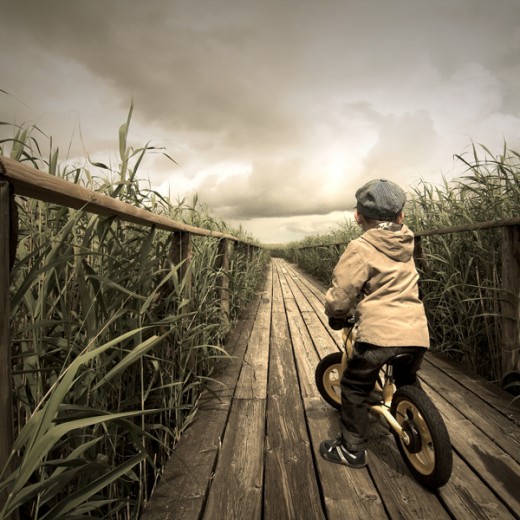
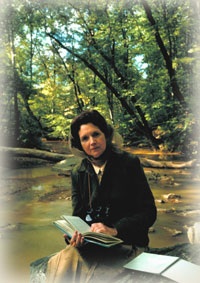
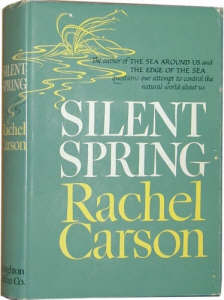
I admit I hadn’t been among the first to discover Rachel Carson’s amazing work with fish and wildlife and her avid, passionate interest in the environment. I didn’t realize that she almost single-handedly introduced and championed the banning of DDT and other poisonous chemicals in sweepingly wide use then as fertilizers and pesticides. If I had, I would surely have also found and bought her Silent Spring, which is still a “bible” for environmentalist. President John F. Kennedy saw its value soon after she introduced it in 1962, in fact. More recently Al Gore stated in his introduction to the 40th anniversary printing of Silent Spring, “…without this book, the environmental movement might have been long delayed or never have developed at all…”
She’s been called the “patron saint of the environmental movement.” She was a marine biologist and zoologist and worked for the U.S. Fish and Wildlife Service for 15 years, during which she raised public awareness about environmental issues.
Rachel Carson is one of America’s great naturalist poets, as well. In earlier books, such as her The Sea Around Us, Under the Sea-Wind and The Edge of the Sea, she brought the beauties and mysteries of the seas and their creatures alive to countless readers. Her works and life continue to inspire us with that priceless sense of wonder she sought to instill and infuses us with renewed commitment to preserve it for future generations.
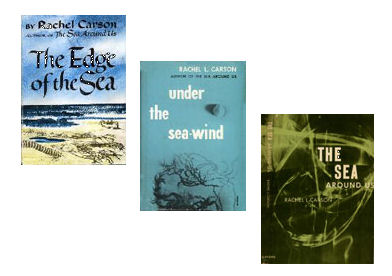
On May 27, 1907, Rachel Carson was born in Springdale, Pennsylvania on sixty-five acres upon which she grew up and learned precious life-lesson she would bring to the world: In her own words: "The lasting pleasures of contact with the natural world are not reserved for scientists but are available to anyone who will place himself under the influence of earth, sea, and sky, and their amazing life"
She was the youngest of three siblings. They shared a rugged upbringing in a simple farmhouse outside the western Pennsylvania river town of Springdale. Her mother Maria recognized Rachel’s exceptional gifts; and was determined they not be lost in a small town. Her own disappointing marriage and frustrated education made her the more determined that her talented daughter get every chance to fulfill her promise.
Maria taught all her children both the wonder and the sense of the natural world around them by taking them on daily nature hikes. More than that, she taught them respect for it by not allowing them to collect or disrupt the natural treasures they found, nor to become jaded to the beauty and importance of the Earth and its creatures.
Rachel discovered an early desire to write and an innate fascination with the ocean. She was a quiet child and spent much time prowling around in the woods and beside the streams, studying birds, insects and flowers. She had a passion for books and reading.
"I read a great deal almost from infancy," she later recalled, "and I suppose I must have realized someone wrote the books, and thought it would be fun to make up stories, too." So, at a very young age, Rachel decided that she would become a writer.
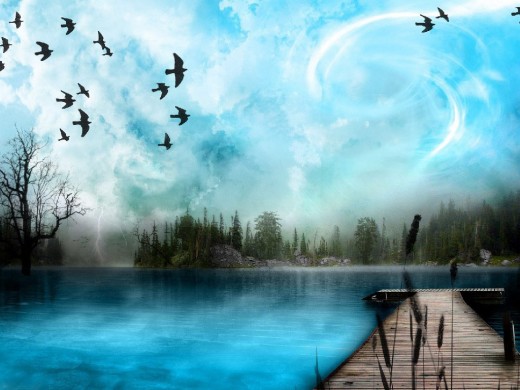
She was always a good student and though getting her High School education posed hardships for her family to manage, she graduated tops in her class in 1925. The editors of the yearbook wrote a poem for each graduating senior. For Rachel’s they wrote: ”Rachel's like the mid-day sun, always very bright. Never stops her studying … 'til she gets it right.”
She started to Pennsylvania College for Women. now called, Chatham College, in Pittsburgh with an excellent academic reputation. She was already a serious student with the goal of becoming a writer. But, while preparing for that career, she changed her major from English to biology after taking a required biology course ... even though she was warned that, “science was too rigorous a field for women."

She graduated from Chatham in 1929 and enrolled at Johns Hopkins University in Baltimore where in 1932 she received her Master’s in Marine Biology. A summer fellowship study at Woods Hole Marine Biological Laboratory provided her the first chance to see the ocean. Unable to pursue her doctorate due to financial difficulties, she taught Zoology at the University of Maryland.
Rachel Carson's work - - circa 1940 through the 1950s and 1960s
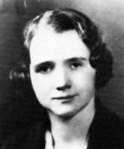
Finally her love of writing and nature were to come together. The rest is history, as they say. Her books and life works have inspired millions to pause and reflect on this Earth and what we owe to it. Her activity in marine biology led her to concern for endangered species and to her active battle against dangerous farming and industrial practices which contaminate the ecology and habitat of the earth's wildlife resources, which was the inspiration and seed of awareness and the measures which have been implemented. But there's hardly any doubt that she would be appalled at the current contamination in progress in the Gulf of Mexico as she was toward earlier instances during her lifetime.
I personally hope her influence will be felt and heeded more, rather than less. It's a voice of reason and responsible, caring stewardship of our planet and its life forms, including our own.
The 1940s and 1950s were prolific writing years when she published these books:
1941-Under the Sea Wind
1943-Food From the Sea: Fish and Shellfish of New England
1944-Food From the Sea: Fish and Shellfish of the South Atlantic
1951-The Sea Around Us
1955-The Edge of the Sea
As mentioned elsewhere, Silent Spring was published in 1962 and A Sense of Wonder. in 1965, after her death.
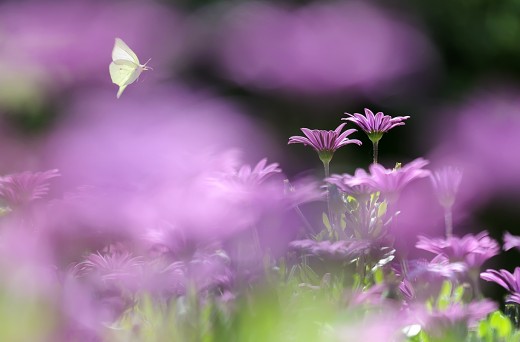
Over forty-five years ago, this glorious farm-bred girl-child, in whom her mother Maria saw greatness and to whom we pay our respects as the great Rachel Carson, testified before Congress, calling for policies to protect human health and the environment. Her innovative scientific work has led to environmental legislation that still furnishes guidelines for efforts to do just that.
Posthumously she received the Presidential Medal of Freedom, the nation’s highest civilian award. No one could deserve it more.
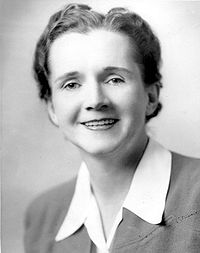
But sadly, weakened from breast cancer and its treatment regimen, she fell ill with a respiratory virus in early 1964; from then the condition grew worse. By February severe anemia from her radiation treatments was detected and by March the cancer had reached her liver. She died of a heart attack on April 14, 1964 at her home in Rockville, Maryland, where she was interred at Parklawn Memorial Park.
A Sense of Wonder was published posthumously, in addition to her letters in Always Rachel, and in 1998, a volume of her previously unpublished work was published titled Lost Woods: The Discovered Writing of Rachel Carson, edited by Linda Lear. All of Rachel Carson's books remain in print
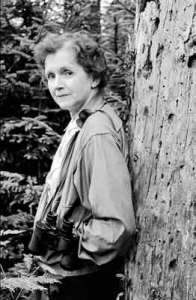
"It is a wholesome and necessary thing for us to turn again to the earth and in the contemplation of her beauties to know the sense of wonder and humility. " - Rachel Carson
